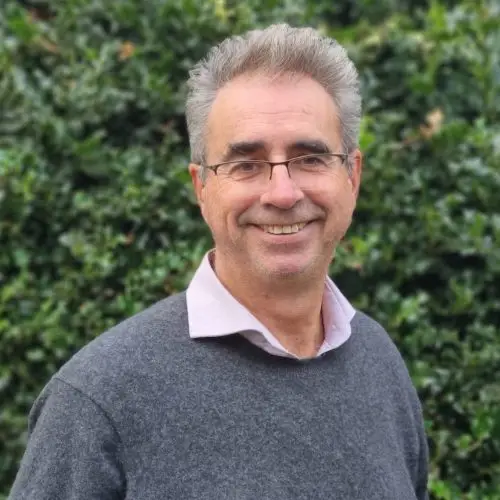Environet’s official response to the BBC’s controversial headline and article – by Nicolas Seal, Environet
We’ve been bombarded with requests for comment on this controversial headline and article that appeared on BBC News and in the national press. Having now thoroughly read the research paper published by Jones et al. we give our expert view.
A significant number of the research findings mirror our experiences in the field gained over 1,900 sites over a 15 year period. However, we consider the BBC headline to be very misleading and simply wrong. Japanese knotweed CAN be eradicated as proven by the vast majority of projects we and other professional knotweed companies have completed, and guaranteed.
The research carried out by Swansea University was focused on herbicide methods, and found that there is no magic chemical solution. Some of the more effective herbicides were banned in 2015 leaving the herbicide “glyphosate” as the popular choice for tackling knotweed, despite the environmental and health concerns it has raised throughout the EU. We commend the researchers on their work and think it provides a very useful steer for those focused on tackling knotweed and other invasive weeds with herbicides. It confirms our findings that:
- increasing herbicide dose does not improve control, in fact it can hinder it.
- herbicide treatment during the latter part of the season can be more effective when photosynthate flow is to the rhizome. However, the benefit of delaying treatment needs to be offset against the risk of further spread of the rhizome system.
- cutting the stem to improve access and encourage growth is bad advice. One wants as much leaf as possible for foliar herbicide treatment. The leaf is the door for the herbicide to enter the plant, cut off the leaf and you shut the door.
- stem injection might not be the holy grail its sometimes portrayed to be, and requires considerably more herbicide than traditional foliar spray methods to achieve similar results.
We consider it is possible to completely kill knotweed using herbicide if applied correctly. The time it takes will depend on site conditions and in particular the maturity of the plant and the size of its underground rhizome system. Smaller infestations can be killed in 2 years, larger ones may take 3 or more years. The problem with herbicide treatment is that it’s virtually impossible to verify with any level of confidence whether the herbicide treatment has been totally effective. No regrowth does not necessarily mean that the plant is dead – it’s quite likely to be just dormant, ready to grow when ground conditions are altered. That is why many recommend you don’t disturb the ground during or after herbicide treatment. With this in mind, whilst it can be killed with herbicide, we err on the side of caution and refer to herbicide treatment as a “control” method.
The research paper does give a misleading conclusion as it does not consider well proven physical removal methods, and by implication suggests these give no better level of control, are expensive and increase environmental impacts.
We’ve worked with many developers and seen first-hand where others’ control solutions have gone spectacularly wrong, delaying construction, increasing costs, and preventing sales. “Control” is simply not an option for development sites where the ground is to be disturbed. That is why we developed our patented Xtract™ method back in 2008, and have been using it successfully ever since to remove the viable rhizome from the ground. If no viable rhizome remains in the ground you won’t experience regrowth, and don’t have to worry about rhizome dormancy – in our mind that is “eradication” and it has been achieved on many large sites throughout the UK.
So the truth of the matter is that knotweed “eradication” can be achieved, and it’s much more likely to be achieved within an acceptable time-scale with a physical removal method.





